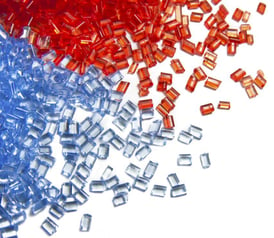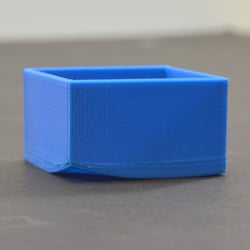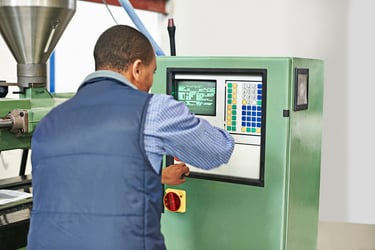
Blisters are an injection molding defect that presents as a raised defect on the surface of a molded part. Like with many other injection defects, there are several things that can be linked to the root cause of the defect including Mold, Material, and Process. Blisters are areas of trapped gas that develop near the outer skin of the molded part that could not escape through the normal venting process.
Cause #1: Process
Many times the main cause of blisters can be related to insufficient cooling time. As molders try and speed up cycle times one of the go-to process adjustments is less cooling time. Insufficient cooling times can cause blisters in the parts. Other process parameters that can lead to blisters are fast plasticization (high screw speed), low back pressure, insufficient packing pressure, and high injection filling speed. The good news is these are all fairly easy process adjustments that can be eliminated as the source through small process adjustments.
Cause #2: Material
The most common cause of blisters resulting from material issues is that the material is not dry enough when it goes into the melting process. The wet material can cause the formation of steam, creating pockets of trapped gas. This can be avoided by running the resin through a dryer prior to molding. Make sure you refer to the manufacturer’s suggested drying temp and time.
Cause #3: Mold
Mold temperature matters a great deal. It aids in the flow of the material into the cavity and the subsequent cooling of the plastics. Blisters can form if the mold is either too hot or too cold so proper mold temp is critical. Venting also plays a part with blisters. The mold needs to have adequate venting to allow the gasses to escape during injection fill. Inadequate venting can cause the gas to be trapped and form blisters on the part surface.Learn more about how purging compounds impact your production efficiency.

Jeremy Cooley is an Asaclean Technical Service Representative & Purging Expert living in South Carolina. He's worked in injection molding & purging for over 15 years, and frequently presents at national plastics trade shows and conferences.








Comments